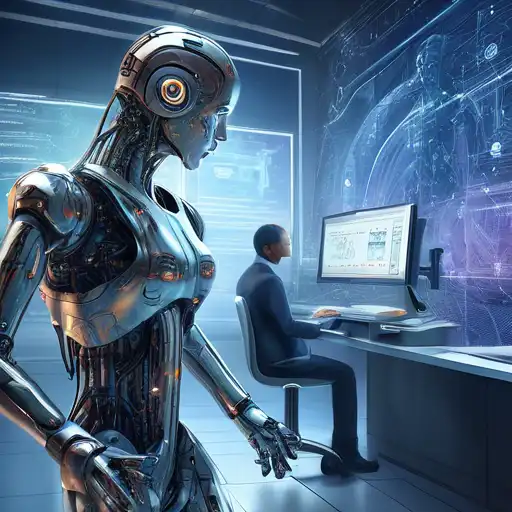Introduction to AI and Machine Learning
In the rapidly evolving world of technology, Artificial Intelligence (AI) and Machine Learning (ML) are two terms that often come up in conversations. While they are closely related, they are not the same thing. This article aims to demystify these concepts and highlight the key differences between them.
What is Artificial Intelligence?
Artificial Intelligence is a broad field of computer science focused on creating systems capable of performing tasks that typically require human intelligence. These tasks include problem-solving, understanding natural language, recognizing patterns, and making decisions. AI can be categorized into two types: Narrow AI, which is designed to perform a specific task, and General AI, which can understand, learn, and apply knowledge in different contexts.
What is Machine Learning?
Machine Learning is a subset of AI that involves the development of algorithms that allow computers to learn from and make predictions or decisions based on data. Unlike traditional programming, where a programmer writes explicit instructions, ML algorithms improve their performance as they are exposed to more data over time. ML is particularly useful in applications like spam detection, recommendation systems, and autonomous vehicles.
Key Differences Between AI and Machine Learning
- Scope: AI encompasses a wider range of technologies and applications, while ML is specifically focused on data-driven learning.
- Functionality: AI systems can perform tasks that mimic human intelligence, whereas ML systems learn from data to improve their performance on specific tasks.
- Dependency: Not all AI systems use ML, but all ML systems are a part of AI.
Applications of AI and Machine Learning
Both AI and ML have transformative applications across various industries. AI is used in healthcare for diagnosing diseases, in finance for fraud detection, and in customer service through chatbots. ML, on the other hand, powers personalized recommendations on streaming platforms, enhances search engine results, and enables predictive analytics in business.
Future Trends in AI and Machine Learning
The future of AI and ML is incredibly promising, with advancements in deep learning, natural language processing, and robotics. As these technologies continue to evolve, they will further revolutionize industries, create new job opportunities, and challenge our understanding of what machines can do.
Conclusion
Understanding the difference between AI and Machine Learning is crucial for anyone looking to navigate the tech landscape effectively. While AI offers the vision of machines capable of human-like intelligence, ML provides the tools and methods to achieve specific aspects of that vision. Together, they are shaping the future of technology and society.
